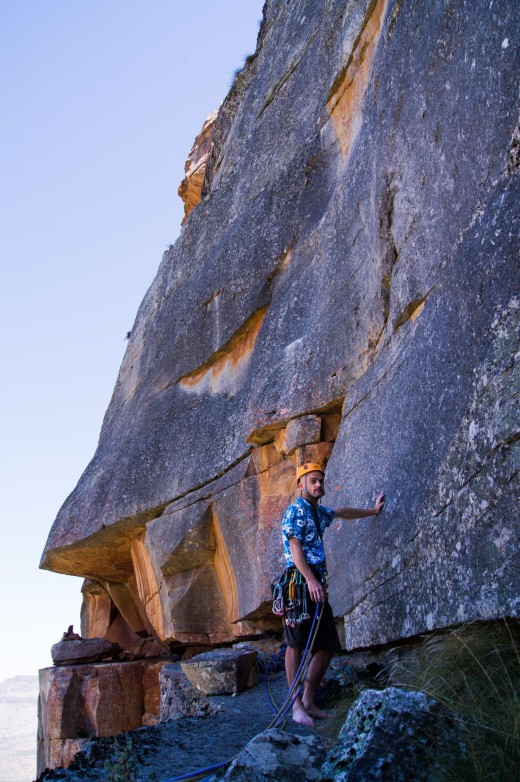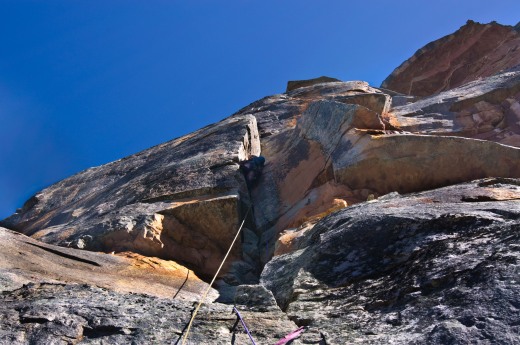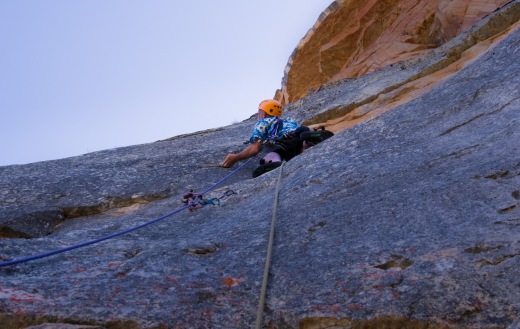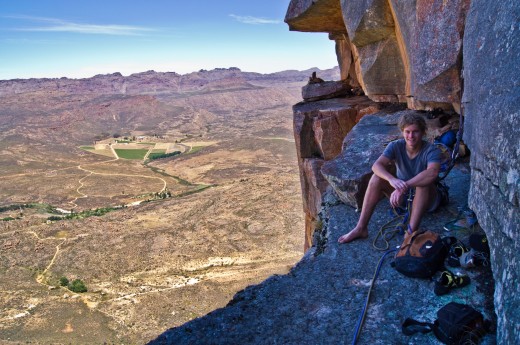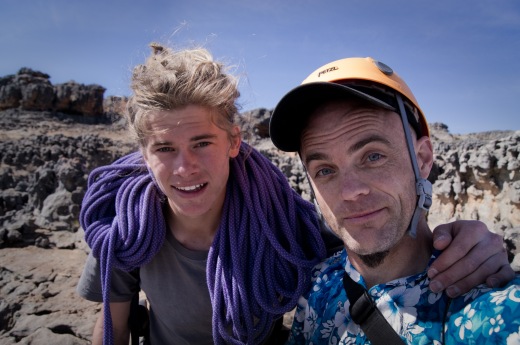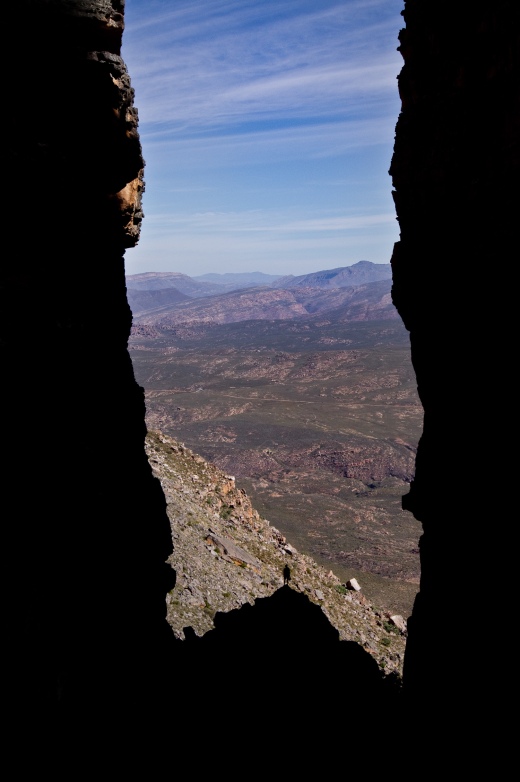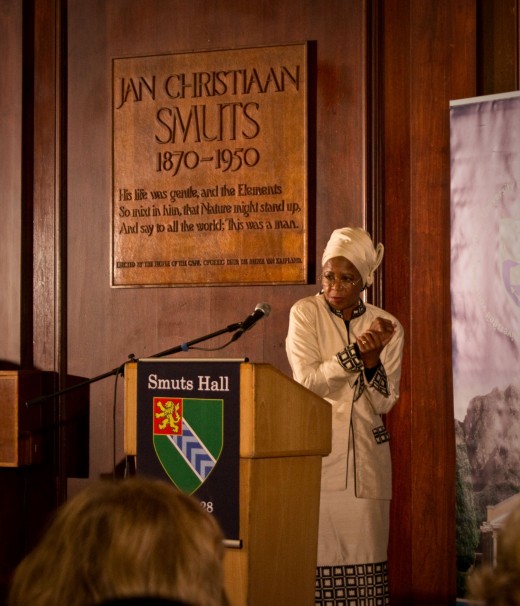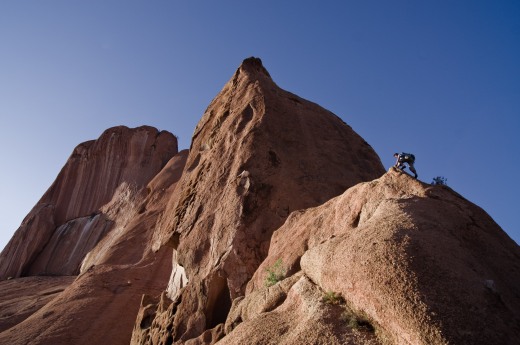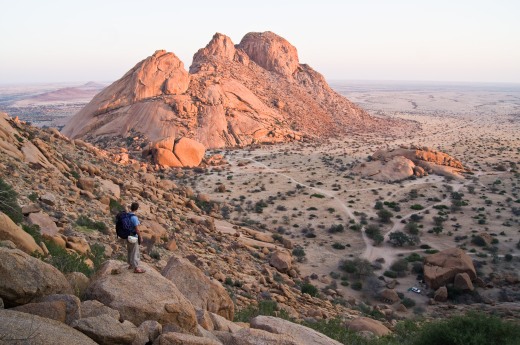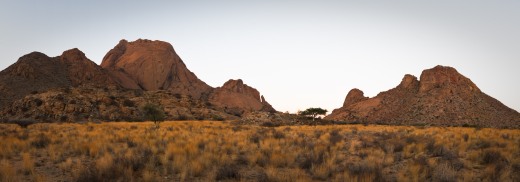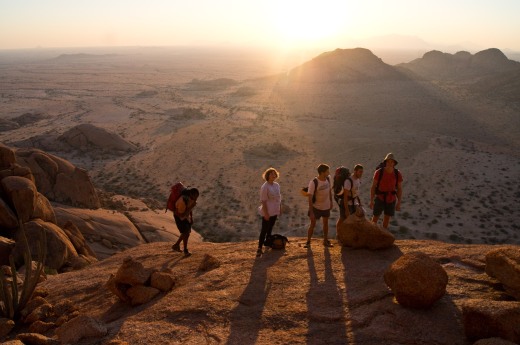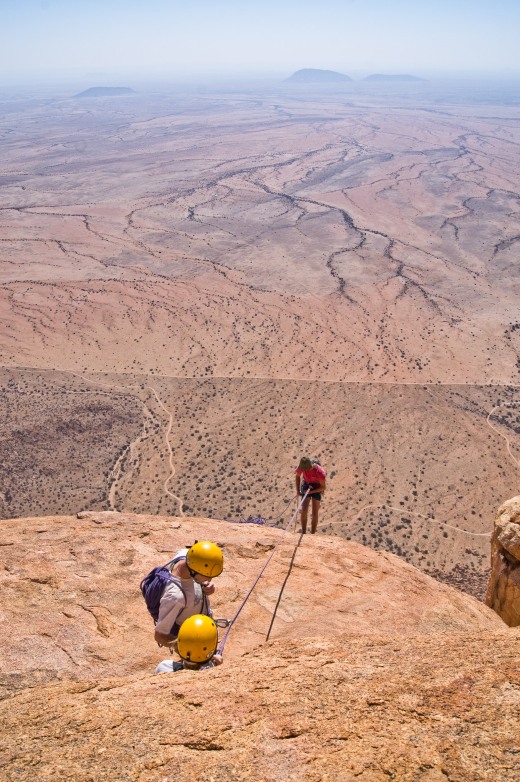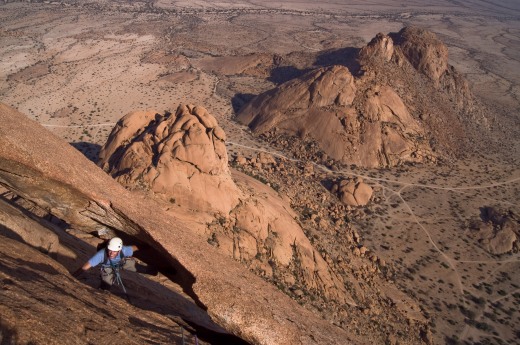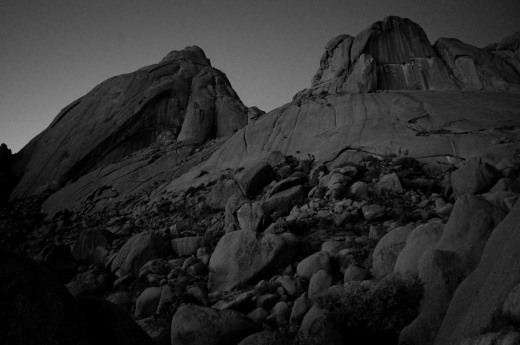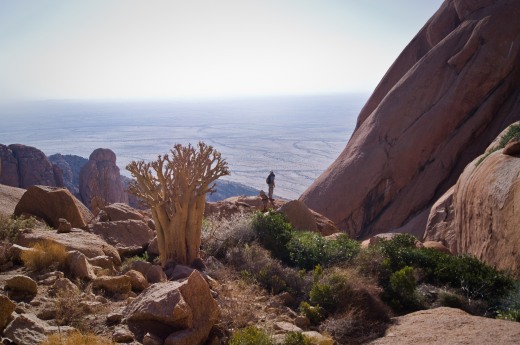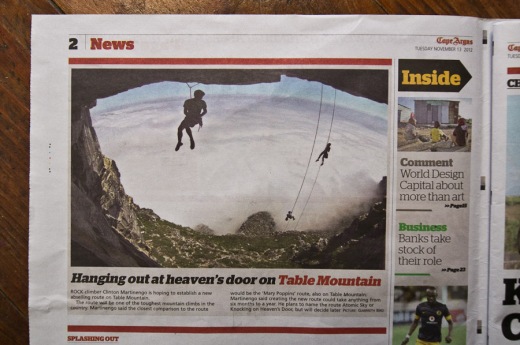Going long on the Dong
By Garrreth Bird
Taiwan is an island nation 180 km off the coast of mainland China. Along the island’s spine runs a dense mountain range, meaning that in a country just a little bigger than Belgium there are 165 mountains over 3000 meters high.
I had been wanting to travel east for some time, to stretch the bounds of my western filter bubble. Considering how much of humanity lives in Asia, I realized I didn’t have a solid frame of reference for a lot of the world. And I have felt very far away from China, the tiger of that neighbourhood.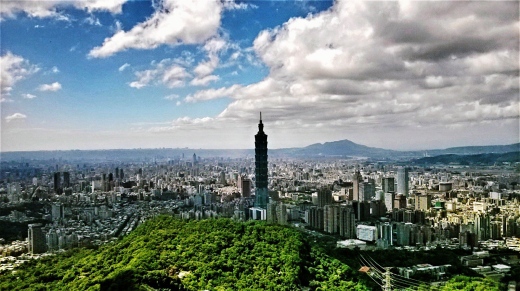
And there were fascinating things happening in Taiwan台湾. The Sunflower Revolution had seen huge groups of youths storm the legislature and shut it down, protesting the unilateral moves by the China-friendly president to more closely integrate with China’s economy. There was a vibrant energy in Taipei.
And there was also the matter of a highly-regarded rock climbing area, these being on sea cliffs not far from the capital, with 500 sport and trad routes on offer. Taiwan sounded like a place where adventure could easily be found. I didn’t know a single person there, but off to the world’s 4th highest island I flew.
CLIMBING
Taiwan’s main crag is Long Dong 龍洞. This raises many an eyebrow, but in Mandarin “Long” 龍 is dragon and “Dong” 洞 is cave, named after the largest amongst the cliffs. There are many crags, joined by short hops or scrabbles, featuring a fantastic array of climbing: crimpy faces, cracks, bouldery corners and roofs, up to 2 or 3 pitches on a variety of sandstone that can feel a lot like granite. And tucked away up in an amphitheater is the impressive Grand Auditorium, a mostly trad area.
It is a pretty spectacular setting for a crag. On days when it’s boiling hot you snorkel in the turquoise ocean. Some routes are only climbable with the tides. Around typhoons the ocean gets outrageously wild, and feeling the crimpers you are clinging to vibrate as giant waves slam into the wall below is an experience I shall never forget.
In many areas bolted routes and trad lines exist side by side depending on the route requirements. It is one of the more successful examples of this ethic I have encountered. Long Dong has common cause with Tonsai in Thailand when it comes to hardware being eaten by the salty air. Bolt failure incidents are a common hazard, on one occasion both top anchors failed on rappel, and a plethora of totally corroded bolts are regularly removed. The decision to aim for titanium was reached quite early on.
And road trips out of the city, the amazing fishing villages along the way, sharing ropes with interesting people and climbing cool routes, then beers and food afterwards at some bustling market, and so much is new and fresh and what a way to go!
There is the small issue of Mandarin of course, a language you WILL NOT onsight. Even a multi-year red point siege may not be enough. But the combination of locals, ex-pats, ABC’s (American-Born Chinese), Mainland visitors, tourists and many other interesting people, not least the thriving academic exchange program scene, provide help negotiating the language barrier.
RIVER TRACING TO NEEDLE MOUNTAIN 針山
Because of the geography, plentiful rainfall and regular high temperatures, “river tracing” is another popular outdoor activity here. It involves following a water course upstream as the gorge it occupies steepens, negotiating rivers, rapids and waterfalls as high as you dare go.
My friends Nate and Emma had discovered that the highest ‘wall’ in Taiwan was a 500 meter broken face on a remote peak called Needle Mountain針山. This route was a serious undertaking, mostly because it required a technical 2 day river trace to reach the bottom of. As I understood it, it had only had two ascents: the first party had lost one of their team members when they drowned in the powerful river; and the next had been hit by successive typhoons whilst up the river course and it had taken them nearly a month before they were able to return from their adventure! With rain predicted a few days hence, and these stories at the front of our minds, we set out to recce the route to the base of the wall.
It was an amazing journey up into an ever deepening gorge. The scenery was startling and the route often fairly outrageous. We got all the way up into the bosom of the mountain, where the face started to kick up, and marveled at the logistics required to get all your gear and sustenance up here before you even started climbing. What an epic mission that mountain would be! For now our weather window was closing, so we hiked out the gorge to natural hot springs down the course.
HIKING
There is some absolutely superb hiking to be done throughout Taiwan. The highest mountain, Yu Shan (玉山, 3952m) is obviously very popular, requiring some permit acquisition aerobics, but there are reams of other peaks to choose from too, most of which are far more scenic than Yu Shan itself. My favourites were Nanhuda Shan (南湖大山,3,742 m) and the nearby Zhongyangjian (中央尖山, 3,705 m), which we did in winter when most of the higher peaks are snow-covered. Permits are free and obtained online, and there are huts in the mountains that one may use. There is a famous list of 100 peaks above 3000 meters that are much coveted should you want a stiff challenge, or perhaps need something else to do once falling in love with the Formosa Isle.
YOU MIGHT ALSO BE INTERESTED IN:
CYCLING
Taiwan is super bike-friendly. There are dedicated lanes shared with scooters in most parts of every city, and fantastic roads that head out into the hills. A 15 minute ride outside of Taipei and you find yourself in another world. There is even an official route that circumvents the whole island, usually completed in 10 days or so. And you don’t have to take your own bike with you; many of the top-name bike manufacturers like Giant are located here and can be bought for cheap or rented for the time you need them.
WATERSPORTS
Outside of typhoons the ocean is very conducive to canoeing. You can travel right down the dramatic east coast if you so desire. We paddled out to the volcanic Turtle Island (Guishan Isand), bobbing about under otherworldly cliffs, slipping across bubbling fumaroles and luminous turquoise waters. Although, i’m not really a canoeist and being totally pumped in the arms after 25 km of paddling and then finding oneself bouncing around in a windy shipping lane on the way back was quite the experience!
TAIWAN OVERVIEW
Taiwan is very densely populated, but development is concentrated in small areas. Serious rain on mountainous terrain means that landslides are common in the hills, and frequent earthquakes don’t make things any safer. This results in a lot of open space for a populated country, and allows for a great mix of urban life and the outdoors. The capital Taipei is itself situated in a basin surrounded by mountains and steep hills, and you can take many subway lines to their conclusion and head immediately up onto hiking trails.
MORE ABOUT TAIWAN
Why is Taiwan an independent country in everything but name?
By the end of the Chinese civil war in 1950 Mao and his communists had won. Chiang Kai Shek’s Nationalists were forced to flee in a massive movement of people and equipment to Taiwan, protected from invasion by the Taiwan Strait, the ocean channel that separates Taiwan from the mainland. Communist mainland China became “The People’s Republic of China”, whilst Taiwan became “The Republic of China” and those names remain as the official titles of both countries to this day. China always saw Chiang’s escape to Taiwan as a kind of theft, and coveted a return of the ‘wayward province’ back into the bosom of the mainland. It still does.
Today, Taiwan is a nation reveling in its own democracy. They recently elected a progressive woman who is known to favour moves towards independence. However, if that happens, China has threatened to invade. Oops, yes, there is that. To drive home the point there are over 1600 Chinese missiles aimed at Taiwan at any one time. Taiwan is prevented from fully integrating with the international community, often having to endure demeaning workarounds, like when China insists they be called “Chinese Taipei” at the Olympics.
One morning while I was at home in Taipei I heard the PA system that is a feature of most city streets spring to life. Immediately it began blaring out a wailing air-raid siren. What the hell was going on?! My Taiwanese housemate was at work, so I looked out of my window to see if there was someone I could use my pathetic Mandarin on to try and get information out of, but the streets were absolutely deserted. Was this the zombie apocalypse? I phoned one of the expats whom I had come to know: “Relax, it’s nothing to worry about! That’s just an air raid drill. Everyone just has to stay inside.” Oh. At least there isn’t a typhoon or earthquake or flood or landslide… or zombie apocalypse. Just practice in case the Chinese invade!
GENERAL INFO
Taiwan is a very safe country, with crime so rare as to be almost non-existent.
It is very affordable, with food and transport being really cheap. Formal accommodation is a little more expensive, but there are plenty of opportunities to camp cheaply or for free. Most trips into the mountains do not cost anything. Permits are generally free too, though sometimes a translation gap on websites necessitates local assistance to properly negotiate. You will also need to plan ahead a bit for these.
This is a really convenient country! There is a well stocked 7-11 or equivalent on almost every street corner throughout the entire country, although less so in the deep mountains. They have all manner of mobile snacks available.
There is enough English to get by, especially in Taipei. When struggling outside of the capital, most young people will speak some English and be super keen to help.
South African’s get a month visa-free, with 3 months available if you need it.






































